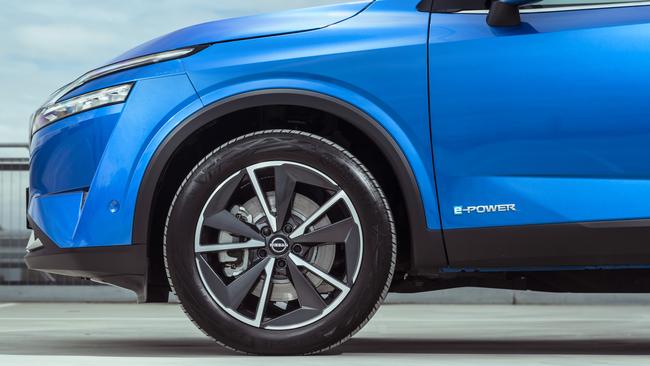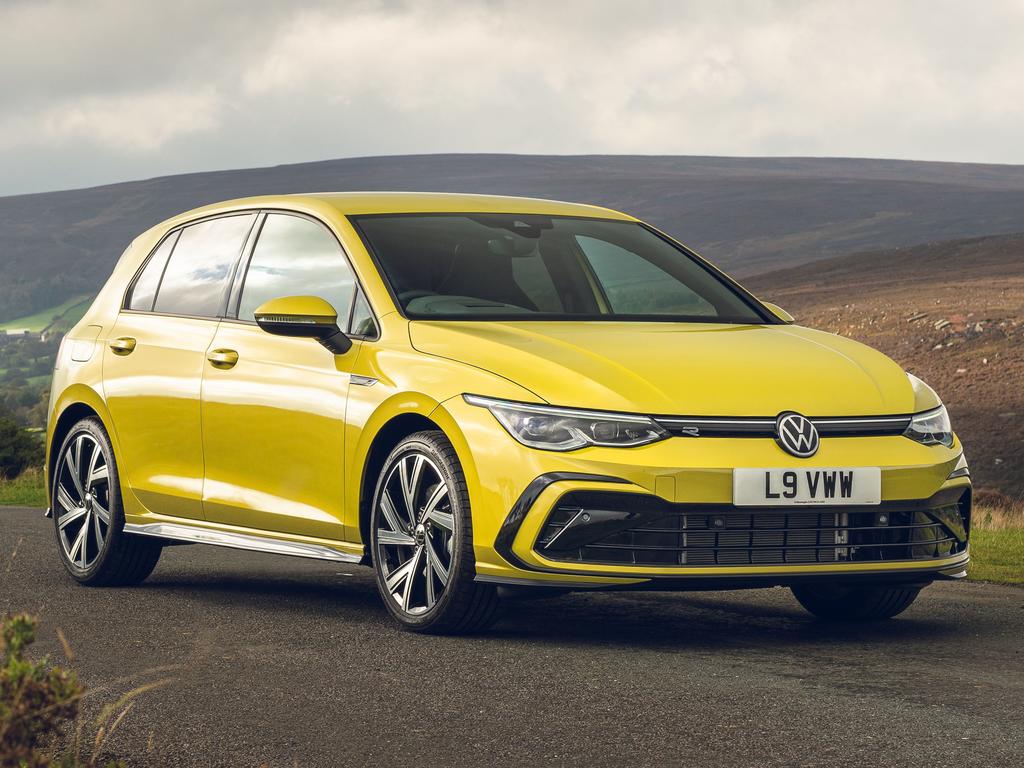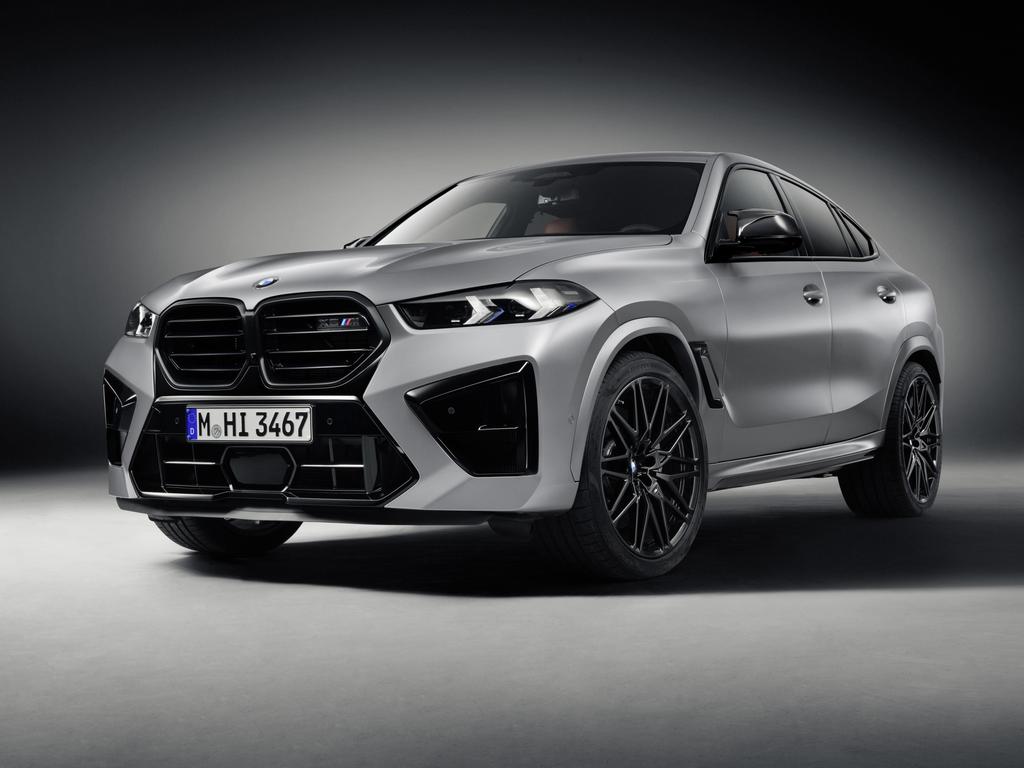Too lazy to use the brake pedal? Here’s the car for you
It sometimes seems to me that human progress can be seen as a ceaseless quest to produce more and more labour-saving devices. This Clayton’s EV is the most alarming.

I am convinced that WALL-E will come to be seen as the film equivalent of George Orwell’s 1984, with itsspookily prescient depiction of future humans. I’m not talking about the wasteland Earth that this pithy Pixar film from 2008 is initially set on – I think that will take longer to come to pass – but the state of the remaining humans floating above it on space ships, who have “degenerated into helpless obesity” due to laziness and using robots to do everything for them.
It sometimes seems to me that human progress can be seen as a ceaseless quest to produce more and more labour-saving devices. The latest and most alarming of these is offered on Nissan’s new Qashqai E-Power (a kind of Clayton’s EV that offers a petrol engine to run its electric motors for people who are too lazy to adapt to plugging their cars in), and it’s called the e-Pedal Step.
Basically it allows what’s called “one-pedal driving” – enabling you to drive without the huge effort of moving that fleshy thing below your right cankle from the accelerator pedal to the brake. Lift off the throttle, and the car uses a form of engine braking (and the brakes when necessary) to slow you down.
Its existence shouldn’t really surprise me because most Australians now find the idea of having to use a clutch and change gears as either overwhelming or offensive, and really this is just another tiny, terrifying step towards self-driving cars (a friend recently enthused about driving his Tesla on Autopilot from Sydney to Brisbane with his hands in his lap; I said he shouldn’t be doing that while driving).

I hate the e-Pedal Step, and when Nissan described it as being “intuitive” (it’s just not, if you’ve grown up driving normal cars) and providing “easy urban driving”, I wept and wailed for our species, and then they asked me to leave the press conference.
Fortunately, you don’t have to use the stupid thing and a Nissan bod told me that it’s very much a 50-50 thing whether people like it… so far. The more interesting technology in this increasingly attractive mid-size SUV (previous Qashqais have looked almost as weird as the name sounds) is its unconventional hybrid layout, which claims to be a “gateway” or “stepping stone” for people who want an EV but suffer range anxiety and what might also be called “fear of change”.

Truly, it boggles my mind that car firms can spend vast sums on developing what is essentially a new technology – the wheels are only ever turned by the electric motor, but the battery to run that motor is powered by a 1.5-litre petrol engine – which they plan to make redundant in the near future when fully electric vehicles take over.
Clearly their research shows that there are buyers out there who want the smooth power delivery, instant torque and silent running of EVs (which you only get some of the time in the Qashqai because you can hear the engine helping out), but also want to be able to drive up to 1000km without needing to stop.
The Qashqai e-Power’s clever set-up offers a claimed fuel economy of 5.2 litres per 100km (we averaged 5.8 litres over four hours of country and city driving), a 2.1kWh battery that can just about get you to the end of the block in pure EV mode (about 3km if you’re lucky), and a CO2 figure of 117g per km, or roughly 117g per kilometre more than if you’d bought an electric car.

The $51,590 Ti e-Power sits at the top of a Qashqai range that starts at $33,890 and tops out at $47,390 for the same, high-spec Ti model with a conventional, turbocharged 1.3-litre engine, which will deliver 6.1 litres per 100km.
What your extra $4200 gets you, aside from that slight improvement in fuel economy, is a car that’s much better to drive – smoother and gruntier, and without the whining CVT gearbox that comes with a conventional Qashqai. The e-Power has more torque (330Nm vs 250Nm) and more power (140kW vs 110kW), which helps. And, of course, the option of e-Pedal Step.
The question I pondered is whether it’s just too damn confusing to explain to a customer – Nissan had to use a very long PowerPoint presentation with animated graphics to explain it to me, although a simple back-to-back test drive between the two variants would produce a clear and instant winner. And the e-Power is still cheaper, and arguably easier, than buying a full EV.
The proof, as it turns out, is in the Yorkshire pudding, because the e-Power version has been on sale in the UK since September 2022 and it’s already making up 38 per cent of all Qashqai sales there.
Mind you, I’ve always thought the Poms were even lazier than us.
Nissan Qashqai Ti e-Power
ENGINE: 1.5-litre three-cylinder engine plus electric motor (140kW/330Nm)
FUEL ECONOMY: 5.2 litres per 100km
TRANSMISSION: Single-speed automatic, front-wheel drive
PRICE: $51,590
RATING: ★★★½







To join the conversation, please log in. Don't have an account? Register
Join the conversation, you are commenting as Logout